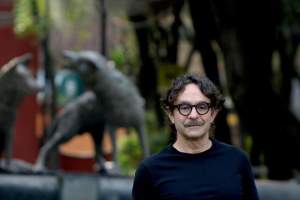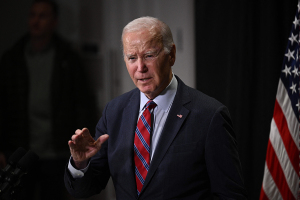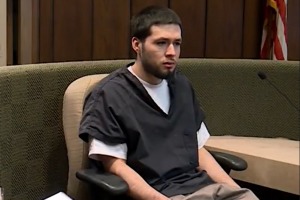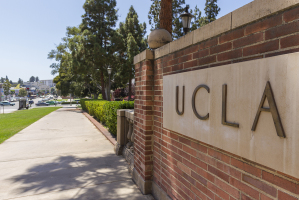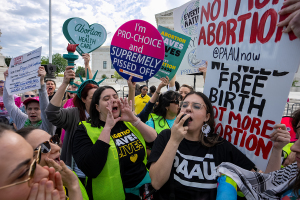Korean United Methodists Celebrate Centennial Anniversary
HONOLULU – Members of the Inchon Nairi Methodist Church in Korea "brought the light" to Hawaii, to celebrate 100 years of mission and ministry started by the first 50 Korean immigrants.
Many of the first immigrants were members of Inchon Nairi Methodist Church. The symbolic lighting of a candle began the April 24-27 celebration of the United Methodist Centennial Celebration for Korean American Mission in America.
"What a gift and what power there is in celebrating the last 100 years," said Bishop Mary Ann Swenson, in greeting the 1,300 participants from around the world to the celebration. Swenson’s Los Angeles Area jurisdiction includes Hawaii.
"The world will never be the same!" she said.
"It is significant for us to return to our roots to worship and share and remember those who labored in the sugar cane plantations," said Bishop Hae-Jong Kim, who leads the church’s Pittsburgh Area.
During the four-day celebration, "Remember the Past, Celebrate the Present, Envision the Future," speakers highlighted the first Korean immigrants who came to America seeking a better life. However, once the immigrants arrived in America, they were introduced to new hardships, laboring in sugar cane plantations 10 hours a day for the meager wage of 69 cents a day.
Kim drew parallels between the first Korean immigrants and the pioneers arriving in America on the Mayflower.
"There are many similarities between the pioneers and the Korean immigrants. Both were on a spiritual journey for religious freedom," he said.
Church leaders, including bishops and representatives from the churchwide agencies, punctuated the celebration with messages of congratulations.
"Against great odds you not only survived but you have prevailed," said Bishop C. Joseph Sprague of the Chicago Area. "The church needs your spirituality, your tenacity for mission. You have a right to expect the denomination to support you. You are needed and wanted and your ministry is a gift to the church."
Chan Hee Kim, professor at Claremont (Calif.) School of Theology, reviewed the 100-year history of Korean United Methodism in America. "The land they left behind has a history of pain and suffering," he said. "God opened the door to immigration to America. We were given this opportunity to come to this Promised Land."
Sixty Korean immigrants in 1905 saved $200 from their meager wages to build a church.
"Can you imagine? How did they do that?" asked Duk Hee Murabayashi of Hawaii Christ United Methodist Church, in amazement at their accomplishments. That original congregation became Christ Church, with more than 1,000 members.
"They sustained their life through their Christian faith," she said. The "picture brides," women who agreed to come from Korea to marry Korean immigrants, were a strong influence on the first churches.
"They had an adventurous, pioneer spirit. The modern women’s movement is nothing compared to those women," she added. "It is not just a 100-year ‘history’; it is also a 100- year ‘herstory.’"
The Rev. Colleen Kyung Seen Chun, the first woman of Asian descent ordained in the United Methodist Church and now pastor of Trinity United Methodist Church in Pearl City, Hawaii, told participants about her picture-bride grandmothers.
"It is through my paternal grandmother that I am a fifth-generation Methodist," she said. "It was her grandfather who became Christian and led his whole clan into Christianity through the work of Methodist Episcopal missionaries to Korea.
"Both my grandmothers were picture-brides from Korea," she said. "My paternal grandfather was a laborer in the sugar cane fields on the Big Island. My maternal grandfather worked for the city of Honolulu. My maternal grandmother worked as a seamstress.
"My paternal grandmother suffered greatly because she worked in the cane fields carrying her young babies on her back while her toddlers were tethered to her with rope. By the time the toddlers were three, they were expected to help pick up pieces of cane."
Chun said her maternal grandmother, who came out of poverty in Seoul, did find a better life in America. However her paternal grandmother, who came from wealth, found a life of many hardships.
"Her wealthy family sent their two daughters to Hawaii to avoid possible hardship and rape during the early invasion by Japan. She thought she would be with her sister, but my Imonim’s husband worked in the pine fields of central Oahu. My grandmother would not see her sister again for more than 20 years. She suffered the deaths of her first two children by herself. She suffered poverty and loneliness."
Chun used Mark 10:17-31 as her message: "Everything is possible with God."
The celebration culminated April 27 at Christ United Methodist Church. A sculpture created by Jae Hyun Shim of Seoul, South Korea, in honor of the centennial was unveiled outside the church.
"It is my hope we may be able to hand down our gifts to the generations to come," Shim said.
"Today is a happy and holy day," said the Rev. Duk Kyun Lee, pastor of Calvary Korean United Methodist Church in Brunswick, N.J. "We have the family of God from both sides of the ocean here. God loves all of us. God loves our small country, our small history."
By Albert H. Lee
chtoday_editor@chtoday.com
















